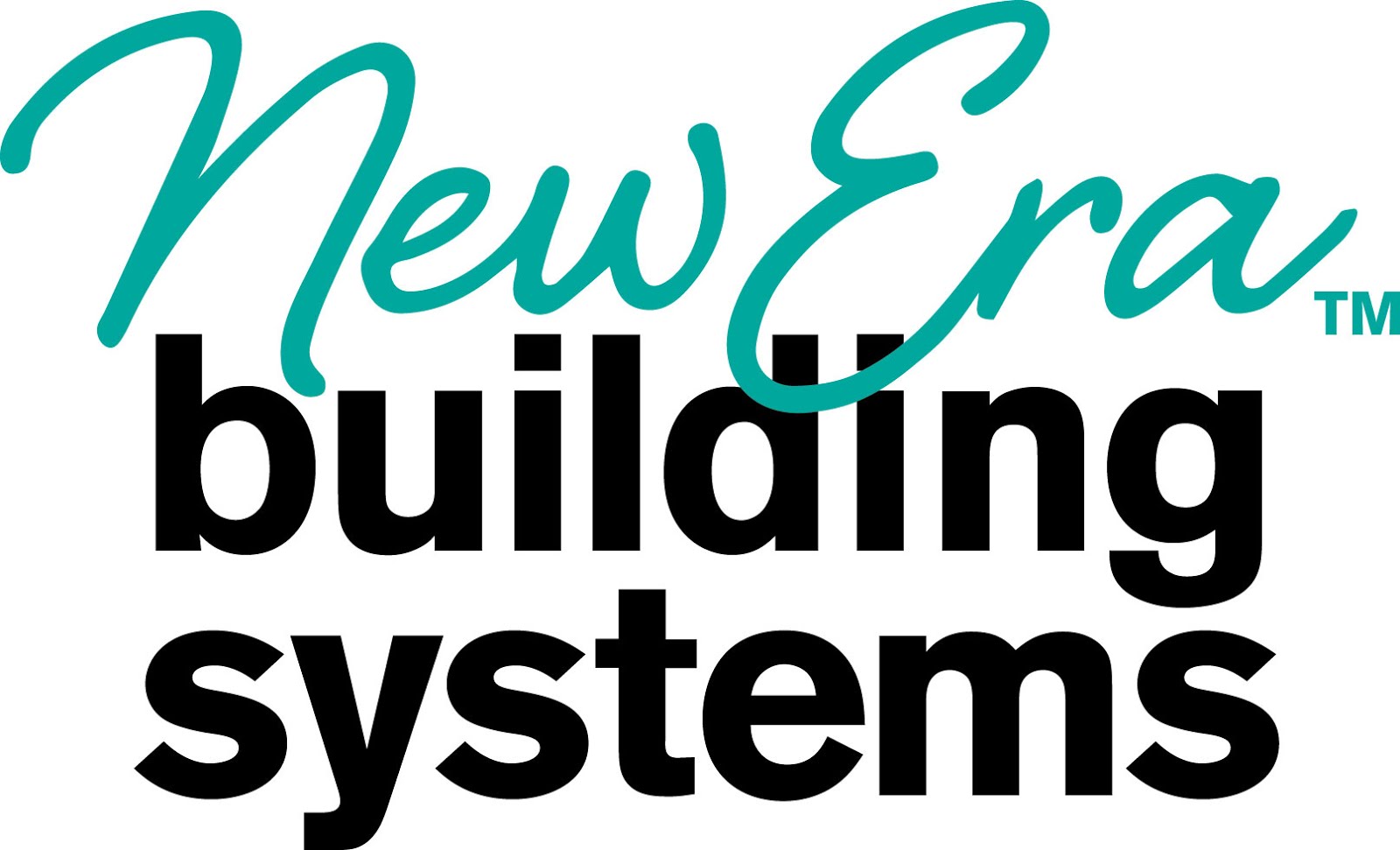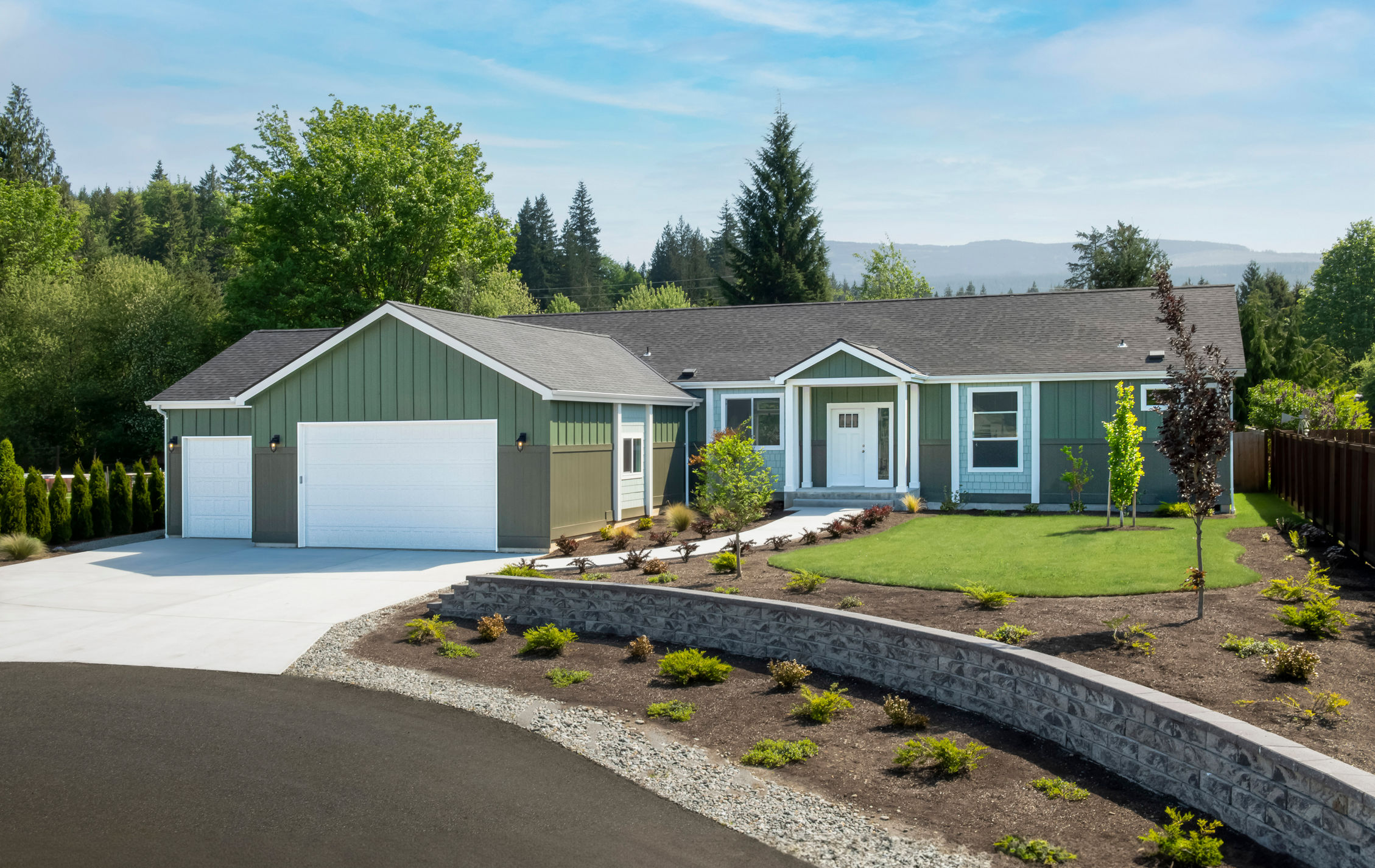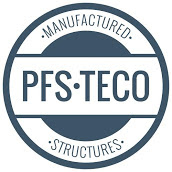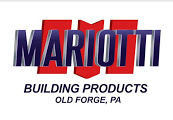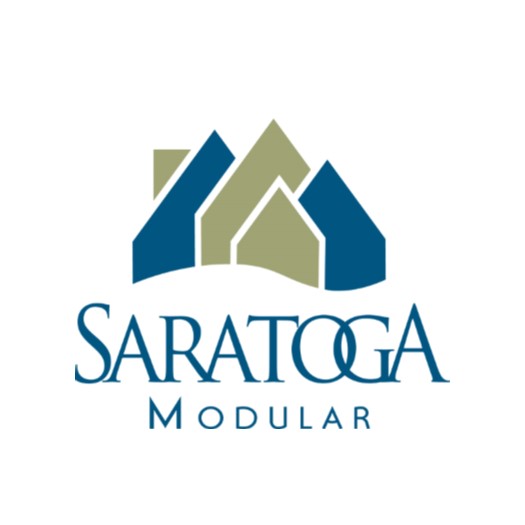Washington has once again turned its attention to America’s housing shortage. Buried among the many bills circulating through the Senate is one that could quietly reshape the factory-built housing landscape: the Housing Supply Expansion Act of 2025.
On paper, it looks like a simple technical fix—removing a few words from decades-old legislation. In practice, it may open a new era for HUD-code manufactured housing and create fresh questions for the modular industry.
HUD Homes Without a Chassis?
For more than 45 years, the HUD Code has required every manufactured home to be built on a permanent steel chassis. That frame—with axles and wheels attached—has always been both the symbol and the stigma of “mobile homes.” It allowed homes to be transported easily but also separated them, legally and socially, from site-built and modular homes built to the International Residential Code (IRC).
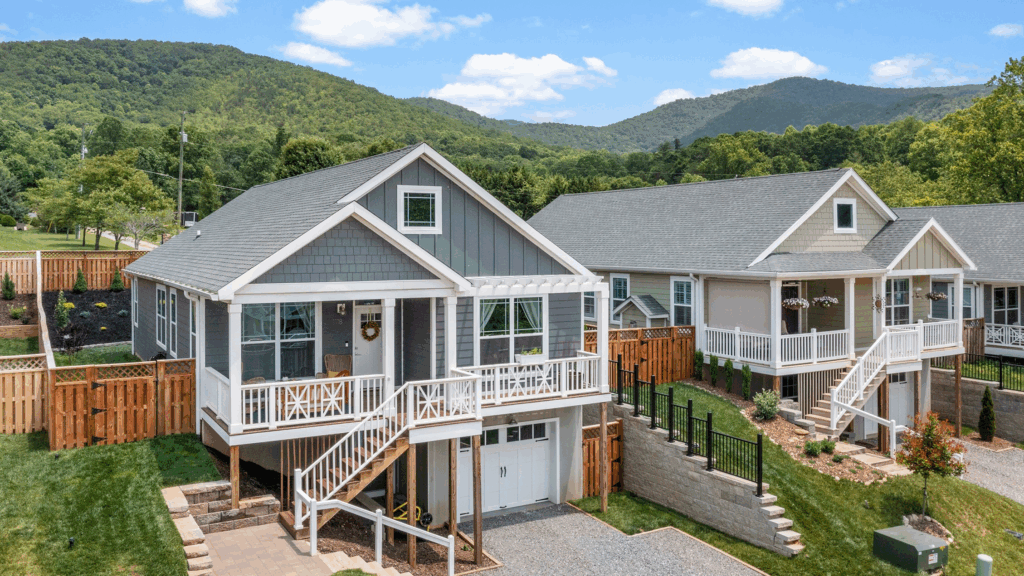
photo – Champion Homes
The new bill changes that. It redefines manufactured housing as built “with or without a permanent chassis.” That means HUD-code homes could now be produced without the undercarriage, opening doors to designs and construction practices that look and feel much closer to modular.
The State Certification Layer
There’s a catch. The bill requires states to certify every year that they treat these new “off-chassis” HUD homes the same way they treat the traditional on-chassis version. Financing, titling, installation, taxation—all must be on equal footing. If a state doesn’t certify, off-chassis HUD homes simply can’t be built, sold, or installed there until it does.
This safeguard shows the balancing act: Washington wants to expand HUD housing options, but it doesn’t want a patchwork of states treating these homes as something less. Whether every state follows through smoothly is another question.

photo – Clayton Homes
Zoning: The Real Barrier
One assumption that has been making the rounds is that this bill will force every city and town to accept HUD homes in all residential neighborhoods. That is not the case. The legislation does not sweep away zoning restrictions. Local governments still hold the keys to where HUD homes can and cannot be placed.
What the bill does preserve is HUD’s longstanding federal preemption—the authority to override state or local codes that conflict with HUD’s building standards. But zoning, with its use categories and density rules, remains largely untouched. That means local bans, large minimum-lot sizes, and neighborhood opposition will continue to shape the real reach of HUD housing.
What It Means for Modular
So where does this leave modular construction, the side of the factory-built industry that has been gaining steady ground by building to the IRC?
There will certainly be more overlap now. Off-chassis HUD homes will look more like modular homes, especially when lenders begin treating them with the same mortgage products as site-built housing. That could chip away at one of modular’s selling points.

photo – Excel Modular Home
But modular still carries distinct strengths. IRC and IBC codes are often required for subdivisions, multifamily projects, commercial buildings, and public facilities. Modular excels in complex engineering—multi-story designs, seismic zones, schools, healthcare facilities—where HUD homes cannot easily go. Many owners, insurers, and regulators still specifically call out IRC compliance in their requirements, keeping modular in demand.
It’s not that HUD homes are “less stringent” across the board; the two codes simply take different approaches. HUD’s code is performance-based and nationally uniform, while the IRC and IBC are prescriptive, locally enforced, and constantly evolving. Sometimes HUD rules are looser, sometimes tighter. Both paths are valid, but they serve different markets.
A Fork in the Road for Factory-Built Housing
If the bill passes, HUD-code manufacturers will have new room to innovate. Expect to see products that blur the line between HUD and modular: multi-section, architecturally varied homes without the steel undercarriage. They may be less expensive to build, faster to deliver, and easier to finance through conventional mortgages.
For modular factories, the opportunity will be to lean into what makes modular different—flexibility, code compatibility, and a proven role in larger, more complex developments. While HUD may nibble at modular’s edge in the single-family starter-home market, modular can continue to own the higher ground.
The real challenge for both sides isn’t just code—it’s zoning, financing, and public perception. Those battles remain the same, no matter how Congress rewrites a few lines of law.
A Quiet but Important Change
In the end, the Housing Supply Expansion Act of 2025 is not a revolution. It doesn’t instantly open every neighborhood to HUD housing, nor does it threaten modular’s place in the construction ecosystem. But it does represent a meaningful shift.
By making the steel chassis optional, the Act chips away at one of the long-standing dividing lines in American housing. It hints at a future where factory-built homes—whether HUD, modular, or otherwise—are judged less by their code label and more by how well they meet the needs of families and communities.
For those of us who watch the offsite industry, it’s worth paying attention. Sometimes the most important changes come not with sweeping headlines, but with a few quiet words added—or in this case, removed—from the law.
Hud vs Modular at a Glance
Building Codes
- HUD Code: A single, federally administered standard. Performance-based, uniform across the country.
- Modular (IRC/IBC): State-adopted codes, enforced by local inspectors. Prescriptive, often stricter in specific areas like fire safety and seismic resistance.
Chassis Requirement
- HUD Code: Historically required a permanent steel chassis; under the 2025 Act, it can be optional.
- Modular (IRC/IBC): Built without a chassis, transported on carriers that return to the factory.
Financing
- HUD Code: Traditionally financed like personal property (chattel loans) unless placed on a permanent foundation. Newer “CrossMod” and off-chassis designs aim to qualify for standard mortgages.
- Modular (IRC/IBC): Always treated as real property when placed on a foundation, qualifying for conventional mortgages.
Zoning and Placement
- HUD Code: Subject to local zoning. Preemption protects building standards, but not where homes can be sited.
- Modular (IRC/IBC): Accepted wherever site-built homes are allowed, since they share the same codes.
Best Fit Applications
- HUD Code: Entry-level single-family housing, cost-sensitive buyers, smaller infill lots, rural areas.
- Modular (IRC/IBC): Larger subdivisions, multi-family, commercial buildings, public projects, and any development requiring IRC/IBC compliance.
.
With over 9,000 published articles on modular and offsite construction, Gary Fleisher remains one of the most trusted voices in the industry.
.
CLICK HERE to read the latest edition
Contact Gary Fleisher




